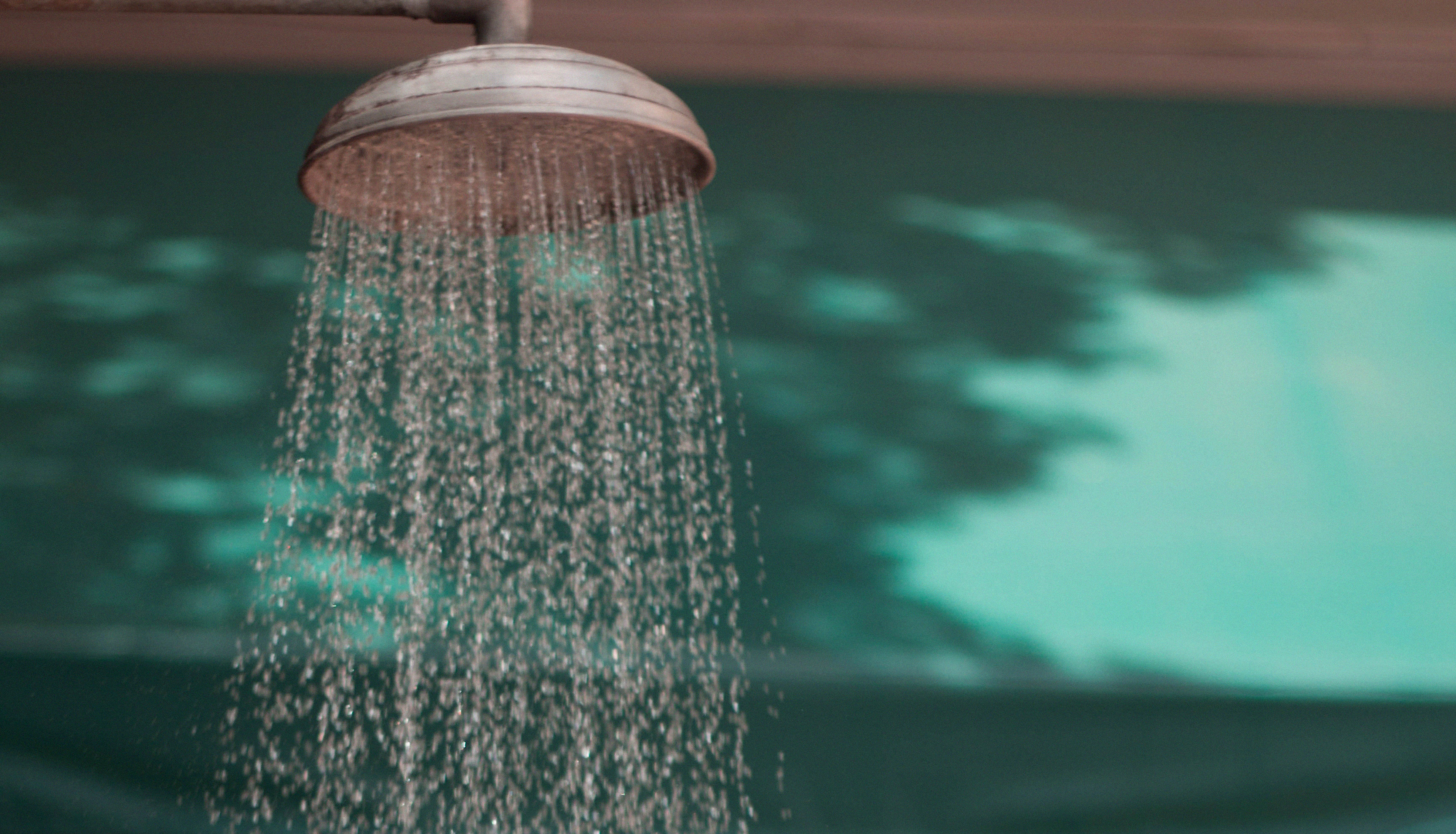I don’t think I’ll ever forget the first time I showered with a PICC Line. Though my parents urged me to take a bath instead of a shower (sage advice) or to wait until I hadn’t MacGyvered my own PICC Line shower cover (also words of wisdom) – I was determined to manage my first shower with a PICC Line on my own. Even with the right PICC line waterproof cover, your first shower can be scary. Here are my top three tips for managing that first shower, and keeping your PICC Line protected throughout.
1. You don’t want your PICC line to get wet
When a Hickman line or a PICC Line gets wet, it allows for the spread of infection. Because your PICC is directly connected to your heart, infection that originates from your insertion site can quickly spread through the body. You want to take every precaution to keep your PICC line dry.
During my first shower, I made my own PICC line shower cover out of a grocery bag. I was lucky to avoid getting it wet or infected on that first try, but I quickly learned that I needed to get some kind of PICC Line protector to relieve my stress and keep me safe.
2. Try a bath instead of a shower
A bath allows for more mobility and reduces the risk of water getting near the PICC insertion site. I was more comfortable in the bath when I had my PICC line, because I felt like I could more easily control what parts of me got wet.
3. Be prepared
Even though I wanted to manage my first shower alone, I knew my parents were right outside and ready to help me if needed. Give yourself some peace of mind, and put a plan in place so that you know what to do in case of an emergency.
If your PICC line does get wet, immediately dry the area and call your home health nurse to schedule an emergency dressing change or have a trained family member change your dressing. The sooner your dressing is changed, the lower the risk of infection. You can read our tips on how to change your PICC line dressing here.
Everyone is going to learn how to manage this process differently. It can be nerve-wracking at the start, but with a bit of practice, you’ll get the hang of it.
The best PICC line shower cover
If you are looking for a reliable and comfortable shower cover, you have come to the right place! We designed our shower cover by talking to our community to see what they wanted to see in a shower cover. Using those suggestions, we designed the Mighty Well shower protector, which allows arm mobility but does not restrict blood flow, all while protecting your PICC from the water! We offer multiple sizes in two styles: the Waterproof PICC Line Shower Protector to protect your PICC and the Waterproof Arm Cast Shower Protector to protect your arm!

